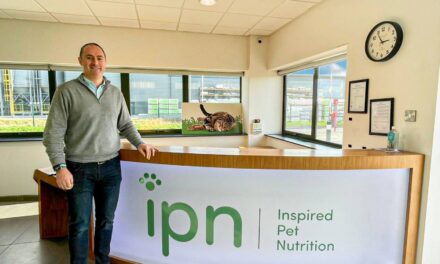The global dog food market is poised for substantial growth, with projections indicating an increase from $36.67 billion in 2023 to $39.59 billion in 2024, representing a compound annual growth rate (CAGR) of 7.9%.
By 2028, the market is expected to reach $53.88 billion, growing at an 8.0% CAGR, according to research by the Business Research Company.
This upward trend reflects a shift in consumer behaviour and market dynamics, with factors such as pet humanisation, a focus on health and wellness, and product diversification playing a significant role. Sustainability concerns and the expansion of e-commerce are also key drivers shaping the industry’s trajectory.
Key Drivers of Market Expansion
Dog adoption is a major contributor to market growth. The trend of acquiring dogs from shelters or charities has surged as more individuals and families treat pets as integral members of their households. This shift has led to a greater demand for high-quality, nutritious food to support pets’ health and well-being.
The industry has also evolved from traditional offerings to include specialised health products. Consumers are increasingly seeking options tailored to their pets’ unique dietary and health needs. Factors like brand loyalty, limited online availability, and veterinarian recommendations have historically influenced purchasing decisions.
Emerging Trends in the Dog Food Market
The future of the dog food industry is expected to be shaped by several emerging trends. These include the integration of technology to personalise offerings, the growth of premium and health-conscious products, and the rapid expansion of e-commerce and direct-to-consumer sales channels.
Additionally, sustainability and ethical sourcing are becoming critical considerations for both manufacturers and consumers. This reflects broader societal shifts toward environmentally conscious practices. Personalisation, such as customised dog food plans, is also gaining traction as pet owners prioritise tailored nutrition for their pets.
The global dog food market continues to reflect changing consumer values and technological advancements. As the sector evolves, it offers opportunities for innovation and growth, particularly in response to rising pet ownership and the increasing importance of sustainability.








